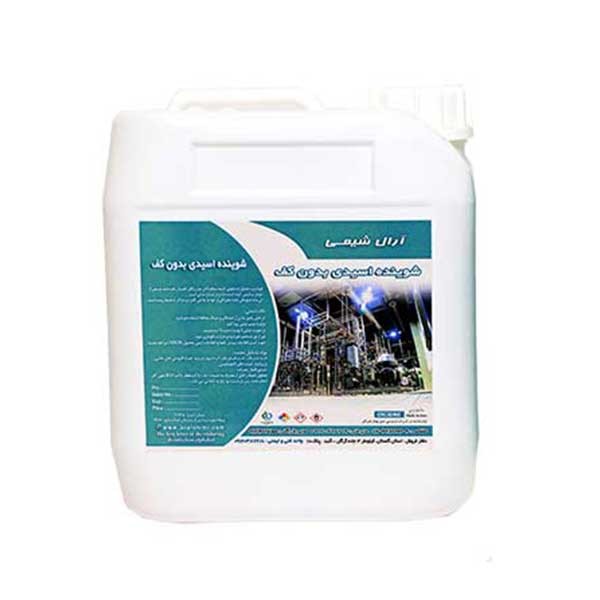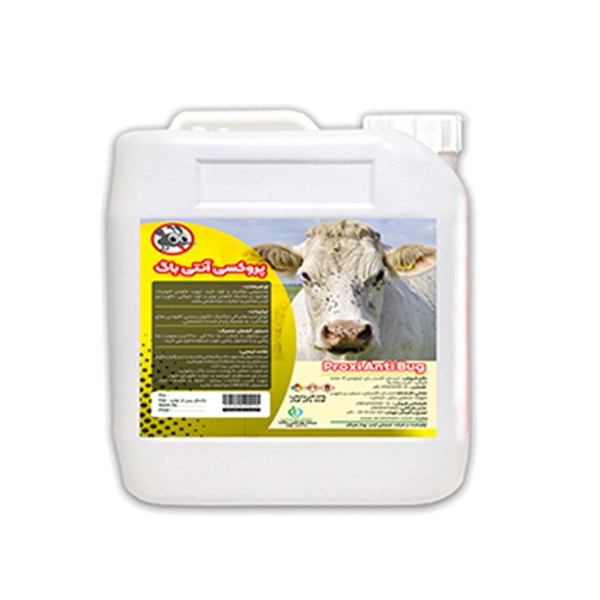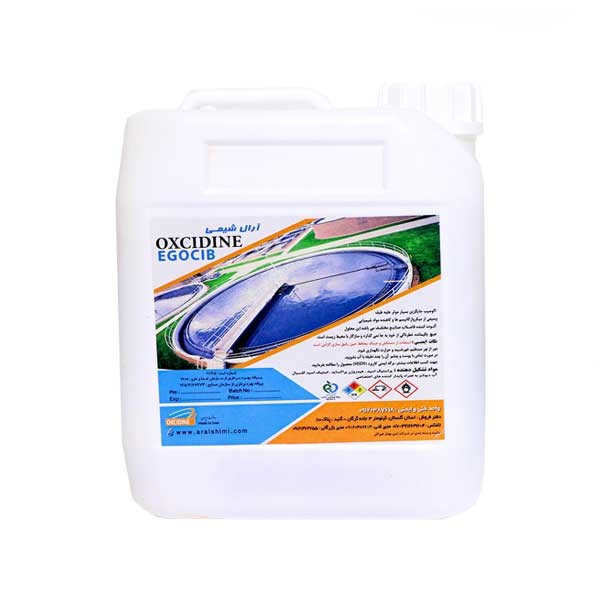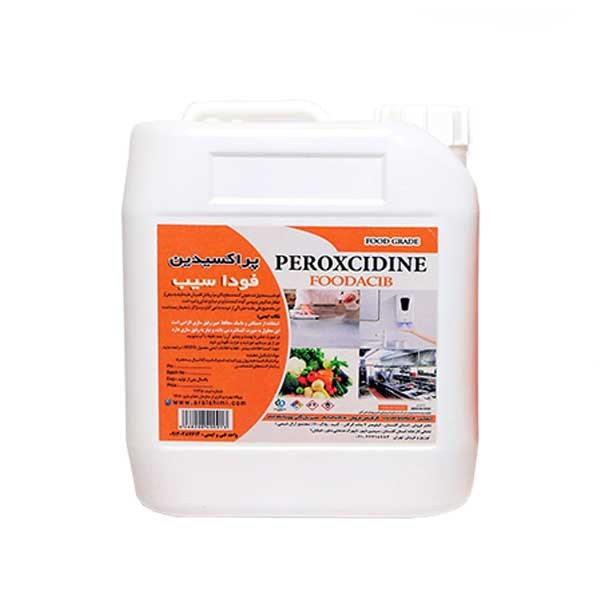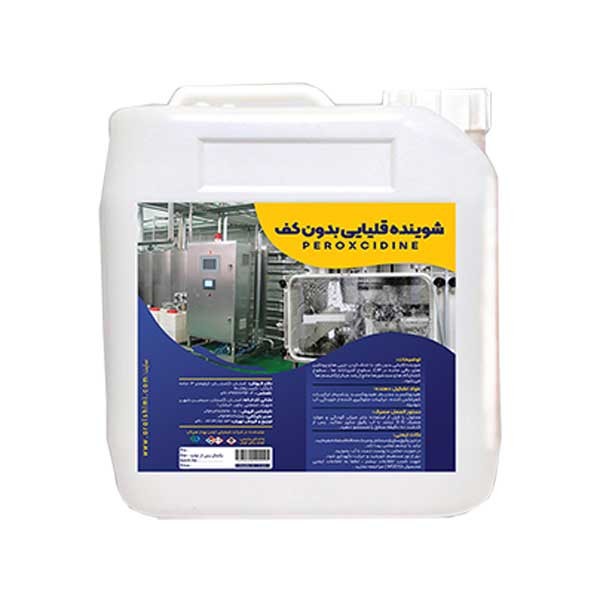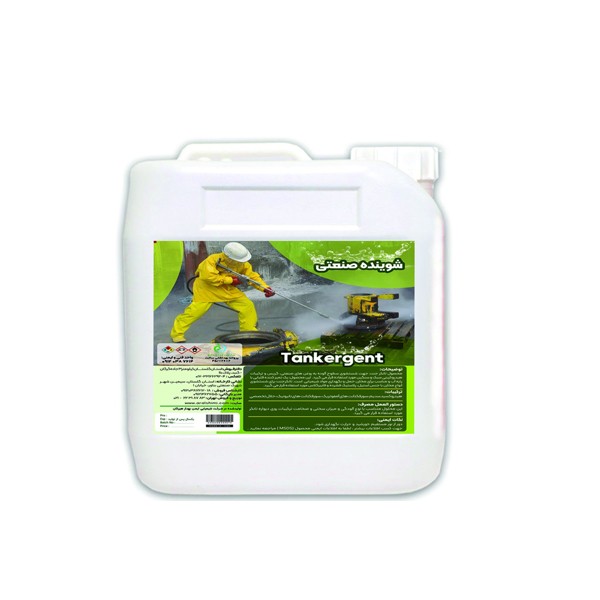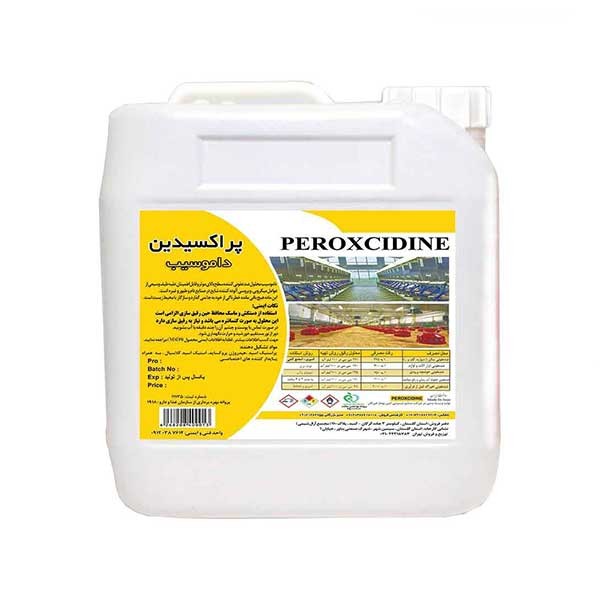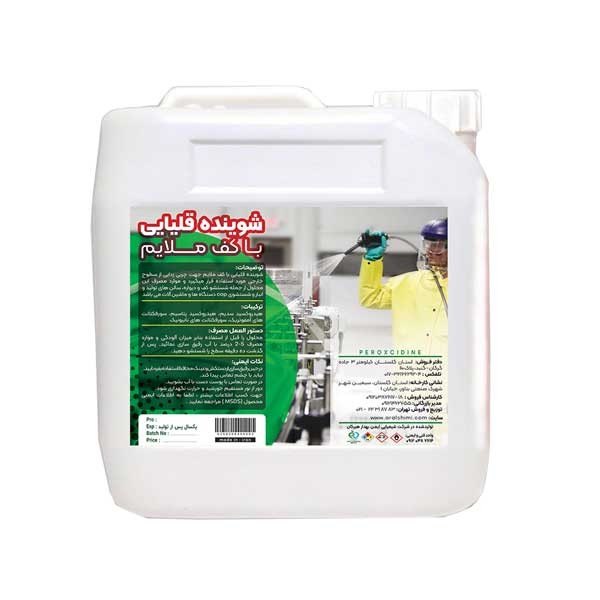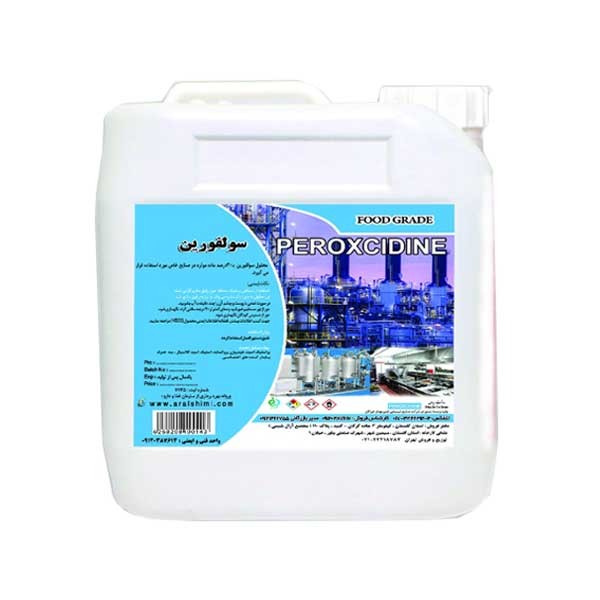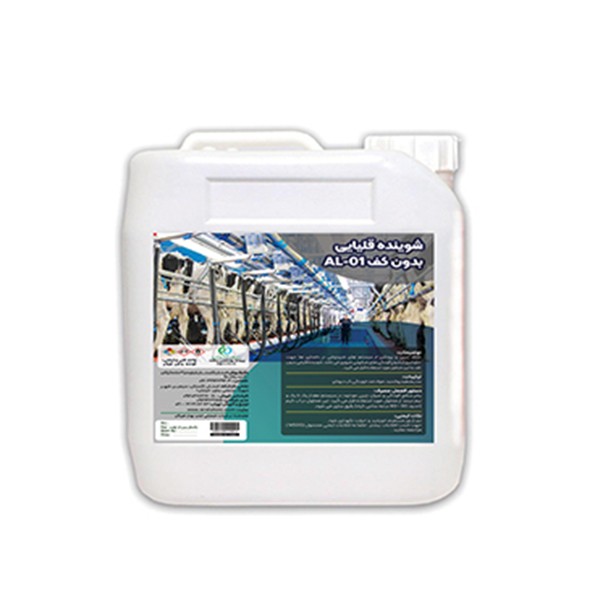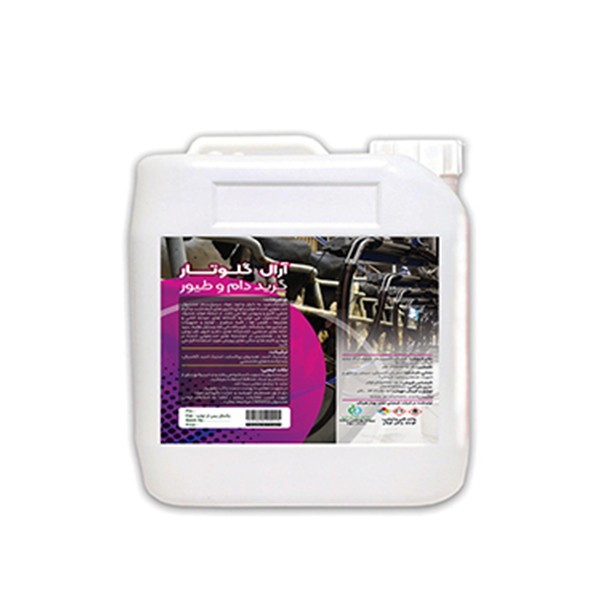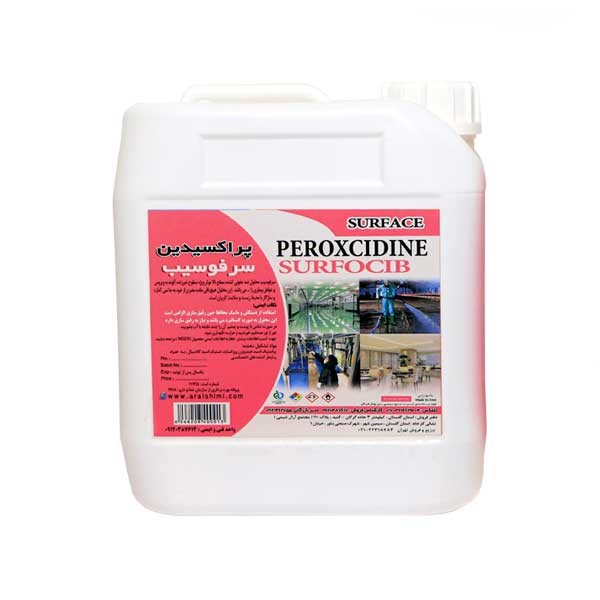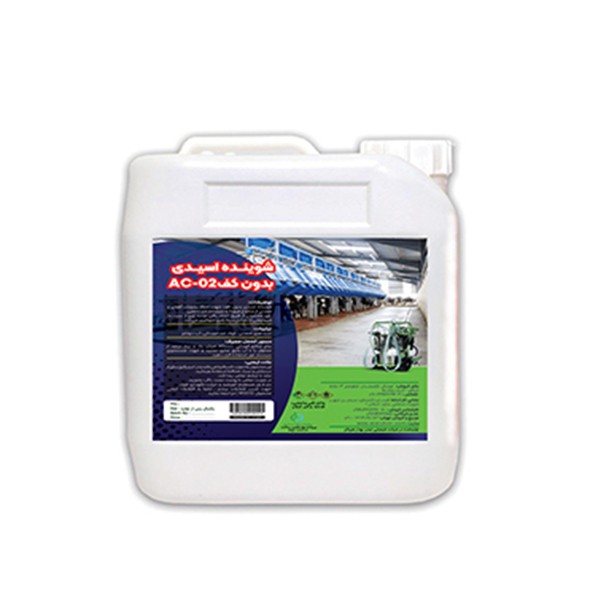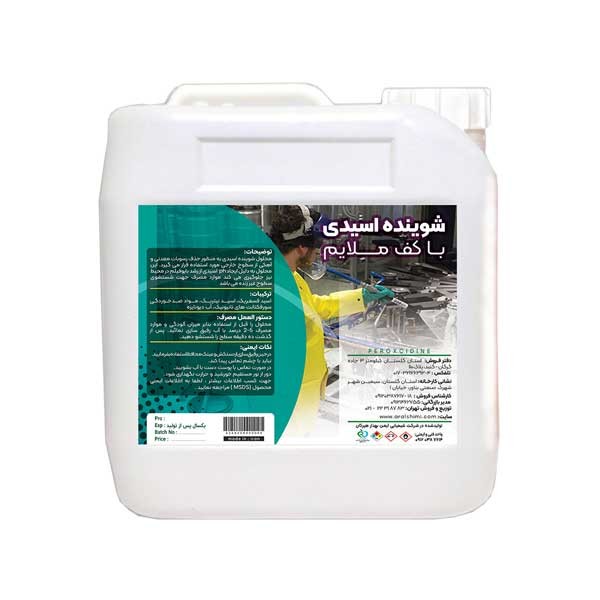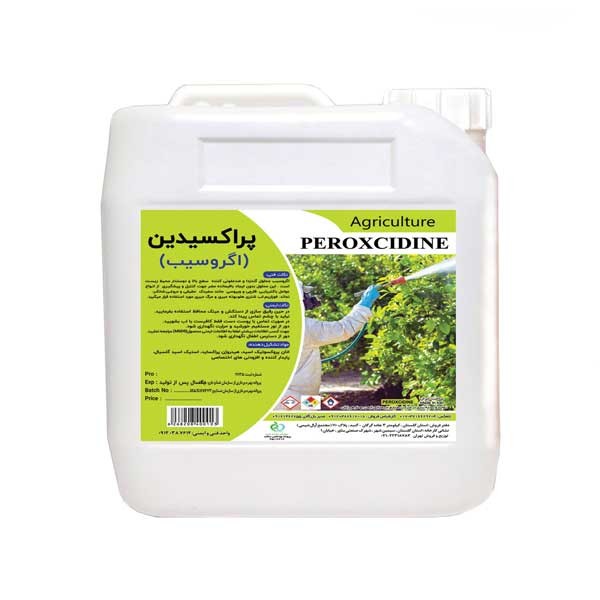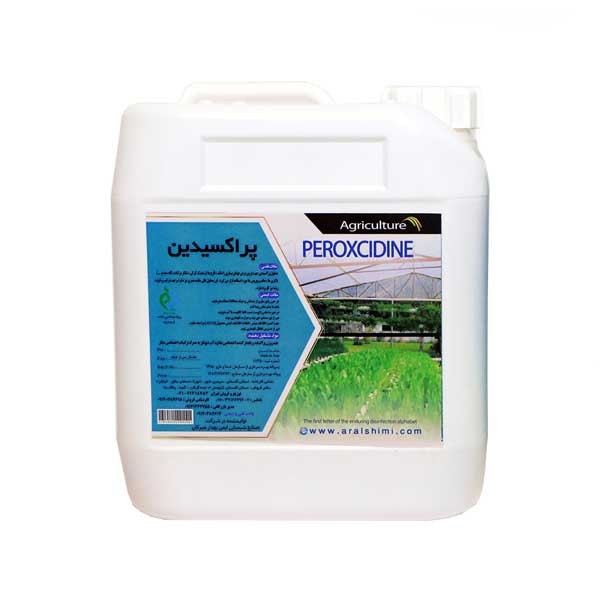Disinfectant
The environment of some industries like hospitals, laboratories, etc., is constantly exposed to microbial and infectious risks; for this reason, effective disinfectants are required to clean supplies, equipment, and surfaces. In the following content, we will review water purification and disinfection solutions, sulfur, peroxide, alkaline, and acidic detergents, and their features.
Disinfectant Expert Buying Guide and Price List
Disinfectants include a wide range of chemical compounds used in various domestic, industrial, agricultural, medical, therapeutic, and medical place surfaces that are made of leather, metal, ceramic, plastic, glass, etc.
Disinfecting equipment used in industries, factories, and facilities includes a wide range of materials in which different chemicals are needed based on the properties and characteristics of the specific surface area.
For example, disinfectants that are used in sewage and water supply facilities have different compounds compared to pool disinfectants, HVAC equipment disinfectants, textile industries, production lines, and even household disinfectants.
So, to disinfect any surface correctly the most appropriate disinfectant is essential for that surface.
Review, Selection, and Pricing of HVAC Equipment
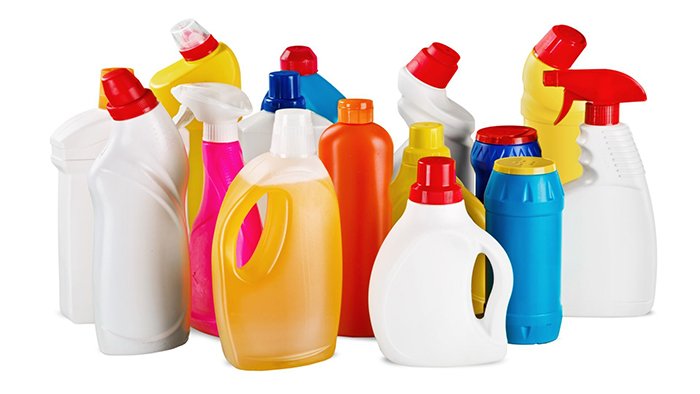
Different Types of Disinfectants
Industrial disinfectants are classified into three types based on their level of disinfection:
1. High-Level Disinfectants (Strong)
These substances can destroy all kinds of bacteria, viruses, fungi, and spores by having solid compounds. Spores are tiny particles from the family of fungi whose presence causes damage to the surface of sensitive industries.
Spores have a very flexible structure and the ability to survive and reproduce in the most severe conditions.
Therefore, to eliminate this type of contamination, high-level industrial disinfectants such as peracetic acid, formalin, hydrogen peroxide, glutaraldehyde, and various aluminum disinfectants such as cationic surfactant compounds that use benzalkonium chloride should be used.
Aluminum disinfectant compounds eliminate oil and odor without high heat (especially in the food industry). In the following, each disinfectant is described separately:
- Peracetic Acid: This disinfectant has high oxidation, and this oxidation destroys all types of viruses, bacteria, and the family of harmful fungi; Peracetic acid is mainly used in the isolation of food industry equipment, especially the production of dairy products; however, this strong disinfectant is helpful in other industries as well.
- Formaldehyde: This is one of the most widely used disinfectants in medicine, hospitals, and laboratory equipment. Formalin or formaldehyde can even be used to clean the surface of the skin because this substance has a volatile property and is not placed on the skin after isolation; however, note that this powerful disinfectant should be used in large volumes to clean surfaces. You should not be exposed to its toxic gas because inhalation of this gas causes respiratory problems. The isolation property of this substance is so great that in medicine, it is used to disinfect deep scars that cause severe bleeding.
- Hydrogen Peroxide: This disinfectant, also known as bleach decomposes into water and oxygen after being used and is very popular due to its low harmfulness. This material is used to disinfect any surface. However, its cleaning benefits are helpful in the pharmaceutical, health, paint, and resin industries and all household uses.
- Glutaraldehyde: Many disinfectants are not suitable for sterilizing surfaces and equipment sensitive to ignition and heat; Glutaraldehyde has solved this problem. Remainings of this disinfectant can make any surface free of any pollutants in less than two hours. Due to the activation of sodium nitrite, this substance is an essential factor in preventing the corrosion of metals, and it is used for the isolation and sterilization of delicate and expensive medical equipment.
2. Medium-Level Disinfectants (Normal)
The cleaning level of these materials is not the same as the high-level materials, but they are usable for far less sensitive purposes. These materials also eliminate all types of pollutants, such as viruses, microbes, bacteria, and fungi, with high growth and reproduction rates.
All kinds of compounds containing chlorine, iodine, and alcohol are among these substances:
- Chlorine: This is one of the most well-known natural elements that humanity has long noticed in its cleaning properties. The first use of chlorine in the modern era dates back to the late 19th century when it purifies and disinfects water.
Gradually, in some American and British cities, chlorine, as the main ingredient for water disinfection, was officially added to the network of municipal water treatment plants. The work reached the point where the invention of a chlorine device and its purchase and sale, only in the UK (due to the spelling high in drinking water), turned into a profitable business.
Today, chlorine-containing compounds are used in various places such as the food industry, urban water purification, swimming pools, sterilization of various surfaces at home and laboratory and therapeutic environments, and even oral and dental hygiene. However, note that compounds containing chlorine work better in acidic environments, and their decomposition is more straightforward than in alkaline environments. - Alcohol: Perhaps alcohol can be called the most popular disinfectant of all time! Although alcohol has a limited effect in disinfecting various skin and body surfaces, it is often used due to high evaporation and limited contact time. Alcohol is used to kill all types of viruses, bacteria, and fungi with a warm nature (pollutants also have warm and cold natures).
However, materials containing alcohol, especially with a concentration of at least 70%, are still used to disinfect all kinds of surfaces even though many experts do not accept the compounds containing alcohol as disinfectants of medium level and consider them as low level.
3. Low-Level Disinfectants (Weak)
These materials are mainly used for general purposes, routine cleaning of the environment, and disinfection of the surfaces we deal with most during the day:
- Sodium hypochlorite: This is one of the low-level cleaning disinfectants that is used in various places. This one can destroy bacteria that remain in the environment and can multiply. Sodium hypochlorite eliminates all pollutants that grow in fruits, vegetables, and raw foods and causes various digestive diseases.
- Calcium Hypochlorite: Perchloric, with a minimum concentration of 70%, can be used to disinfect all surfaces.
Factors to Keep in Mind When Buying a Disinfectant
The following are 3 of the most important factors you need to keep in mind to choose the right disinfectant:
- You should fully understand the type and usage of the area you need to clean.
- Some high-level and even medium-level disinfectants cannot clean areas in constant contact with human skin.
- You should learn about the surface's acidity or alkalinity level by studying it.
Buying Disinfectant Products
On this website, information and prices for all types of disinfectants from reputable brands have been presented for you to enjoy a good and smart shopping experience.
All disinfectant products in the DamaTajhiz HVAC store are 100% genuine and the discounts desired by customers have already been included. If you have questions about flow control equipment, you can contact us through email or WhatsApp.
"Knowledge Fuels Better Choices"
Registered Trademark and Stewardship Business Licenses Issued by the Union of Virtual Business Association and the HVAC Equipment Industry.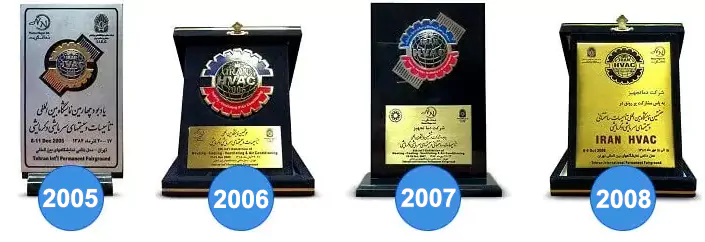
DamaTajhiz HVAC Participation at International HVAC and Construction Facilities Exhibitions Demonstrates its Global Reach and Commitment to the Industry.
We Look Forward to Your Call and the Opportunity to Meet With You
SHARE THIS CONTENT TO SPREAD THE KNOWLEDGE
| |
Head Office: No. 463,Talebian Alley,Taleghani St.Tehran,Iran


DamaTajhiz has provided the opportunity to sell and ship specialized HVAC equipment for applicants in the following countries as the first and the most popular online store for selling HVAC equipment (Heating , Ventilation , Cooling , Air conditioning) in the Middle East : Afghanistan – Tajikistan - Uzbekistan – Turkmenistan – Azerbaijan – Armenia – Georgia – Turkey – Iraq – Syria – Jordan – Kuwait – Emirates – Qatar – Oman.

